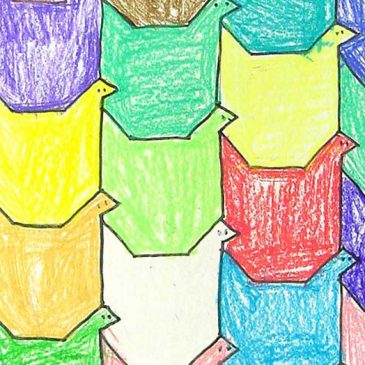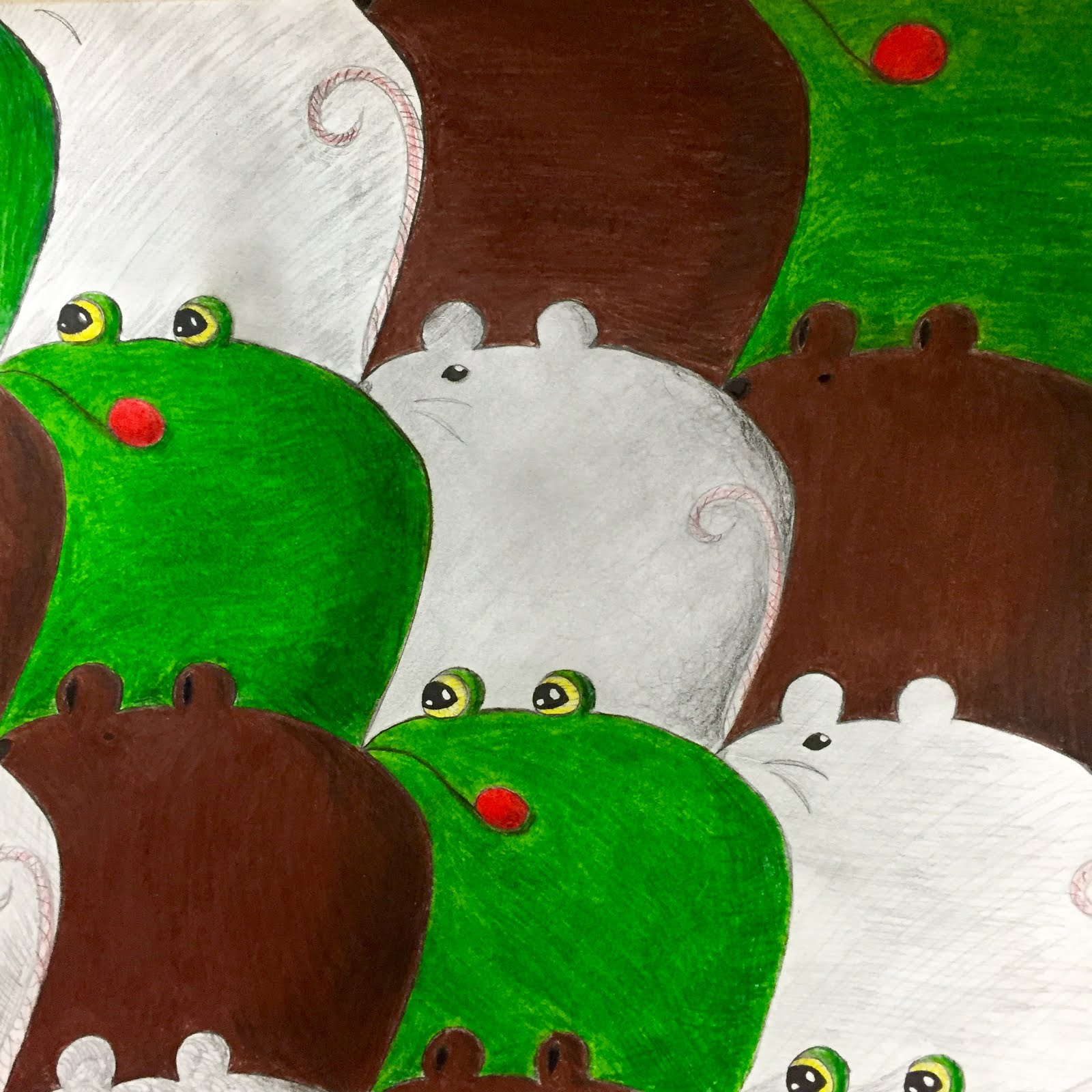

Moreover, other frameworks, such as ranking dynamics 8, have been used to study urban environments and their universal laws. On the modelling side, co-evolution models 6, and agent-based simulations 7 have been used to model stylized facts, taking policy-making into account.

For example, scientists have applied statistical methods to city growth 3, multi-layer networks to urban resilience 4, and spatial networks to describe and characterize the structure and the evolution of the phenomena that arise from them 5. Being multi-disciplinary, Science of Cities studies embrace diverse areas of research.

The parallel growth in the availability of extensive and detailed datasets covering the mobility of individuals at different granular levels has contributed to an increase in the interest of researchers in this field 1, 2. In recent years, pressing societal and environmental problems, such as population growth, migration, and climate change, have boosted research on the Science of Cities and the related study of mobility. Our results show that statistical inference might play a fundamental role in building robust and general models describing urban systems phenomena. We find that Ma圎nt models are highly predictive, outperforming SARIMAs while having similar performances of deep Neural Networks - but with advantages of being more interpretable, more flexibile-i.e., they can be applied to different tasks- and being computationally efficient. We compare the forecasting capabilities of our model with different state-of-the-art models explicitly made for time-series forecasting: SARIMA models and Deep Learning Models. The model allows for an accurate spatio-temporal prediction of car-sharing vehicles’ presence in different city areas and, thanks to its simple yet general formulation, to precisely perform anomaly detection (e.g., detect strikes and bad weather conditions from car-sharing data only). Using data on the movements of car-sharing vehicles in several Italian cities, we infer a model using the Maximum Entropy (Ma圎nt) principle. Here, we tackle this problem by building a fully interpretable statistical model that, incorporating only the minimum number of constraints, can predict different phenomena arising in the city. However, most of them are not interpretable -as they build on complex hidden representations of the system configurations- or do not allow for model inspection, thus limiting our understanding of the underlying mechanisms driving the citizen’s daily routines. To this end, many Machine-Learning models have been put forward to predict mobility patterns. Amongst other open problems, the forecast of mobility trends in urban spaces is a lively research topic that aims at assisting the design and implementation of efficient transportation policies and inclusive urban planning. The science of cities is a relatively new and interdisciplinary topic aimed at studying and characterizing the collective processes that shape the growth and dynamics of urban populations.


 0 kommentar(er)
0 kommentar(er)
